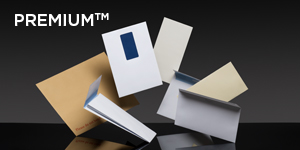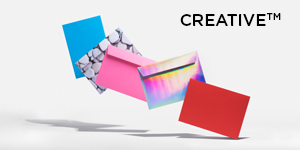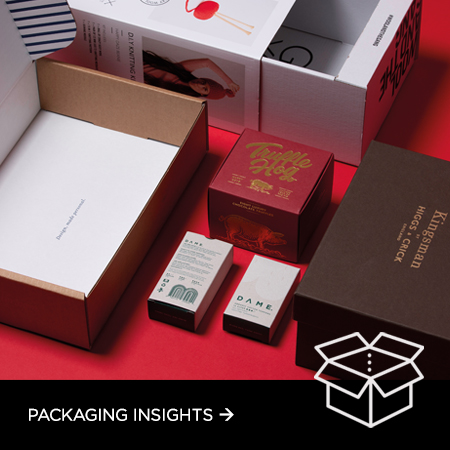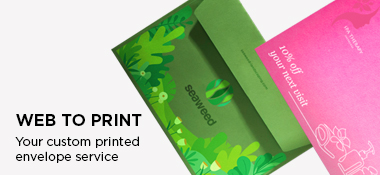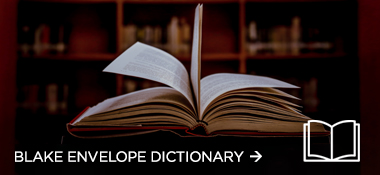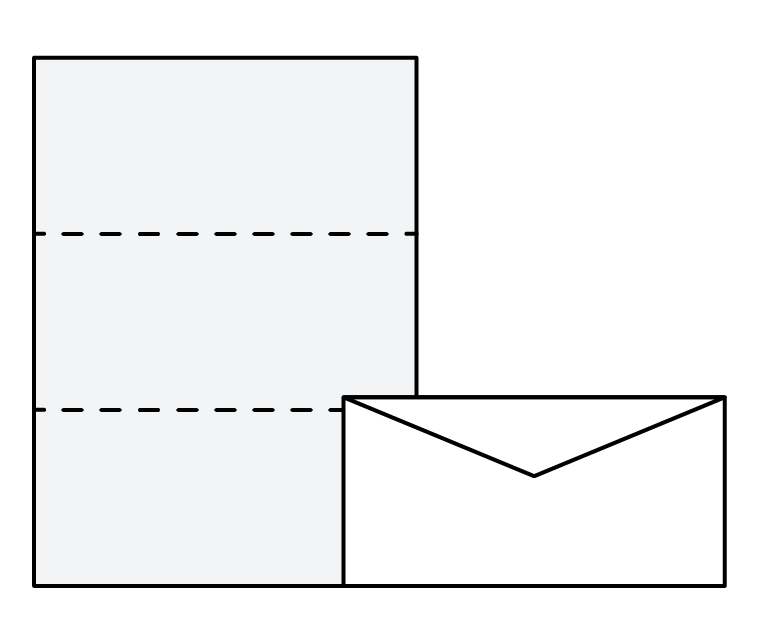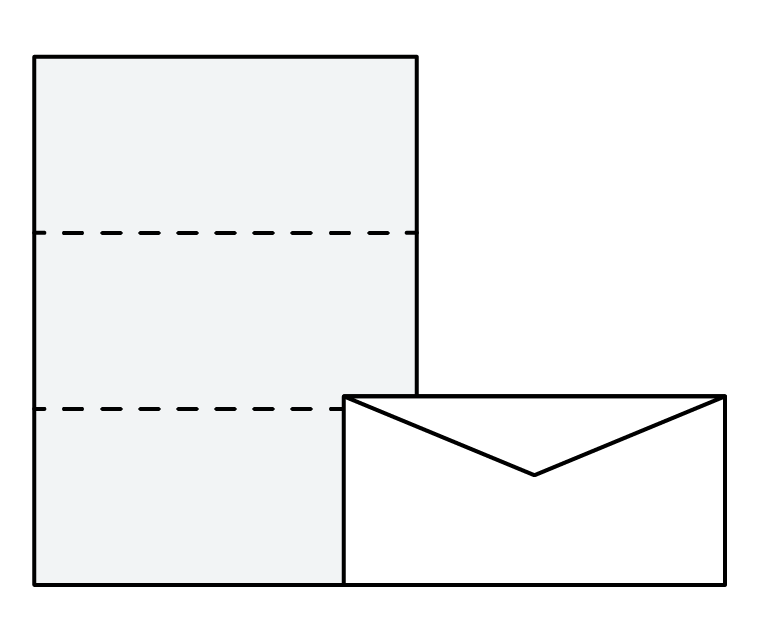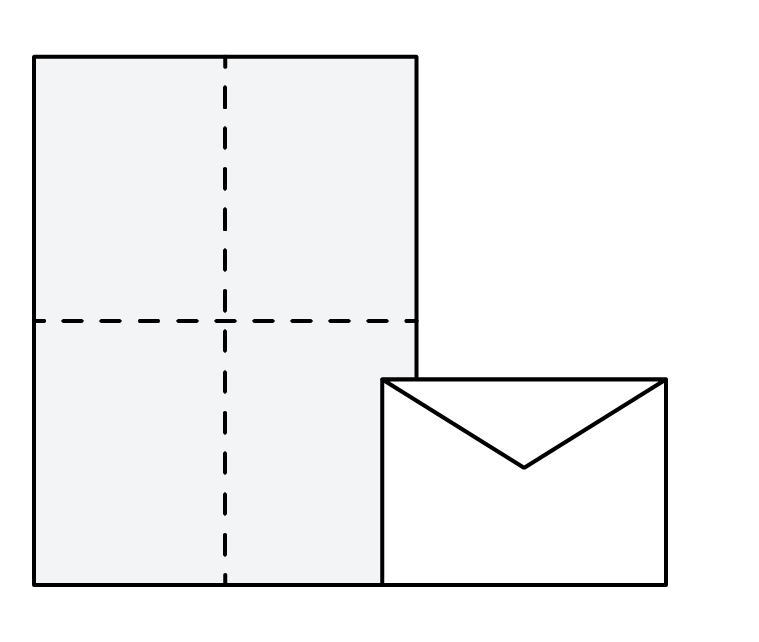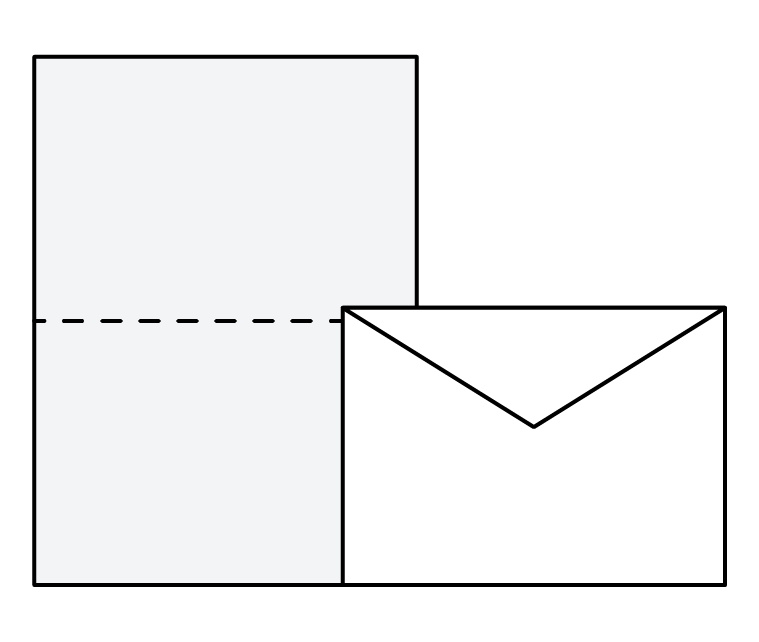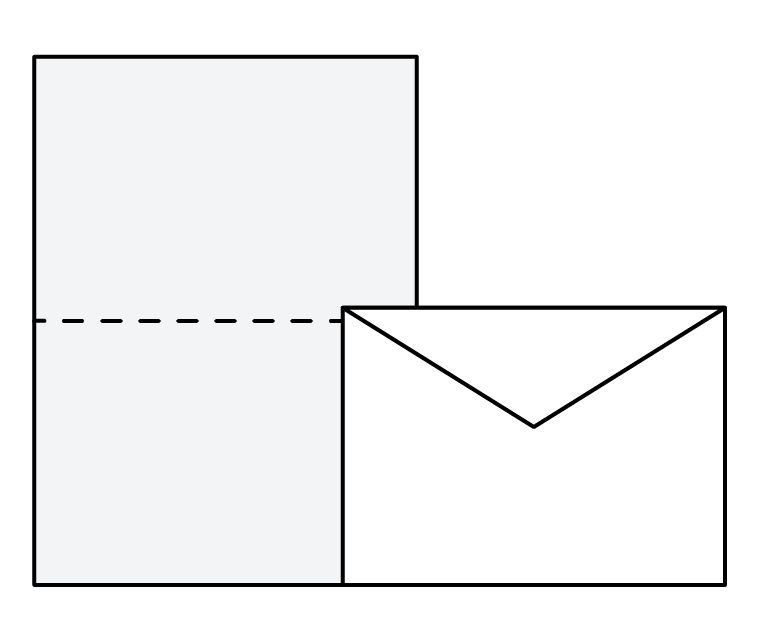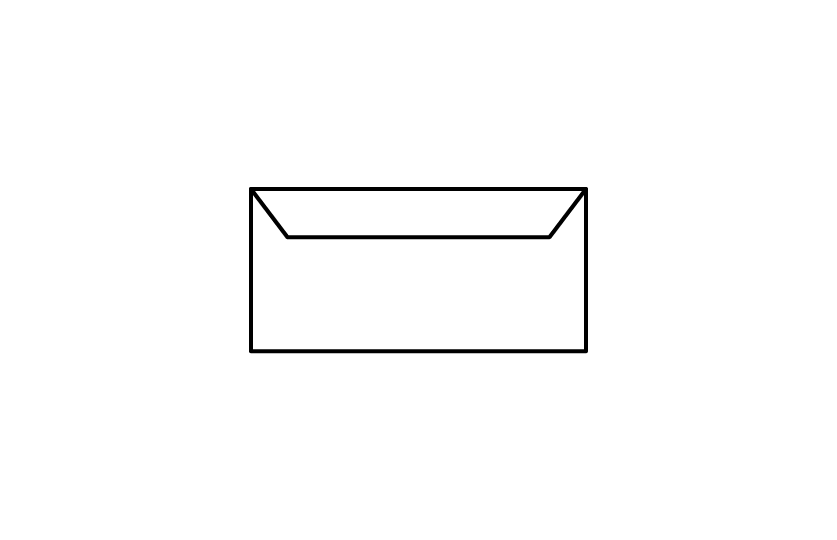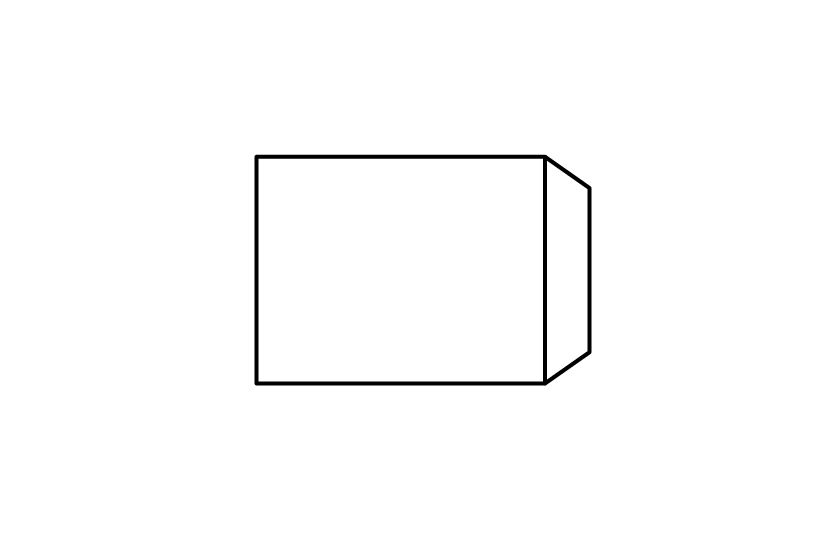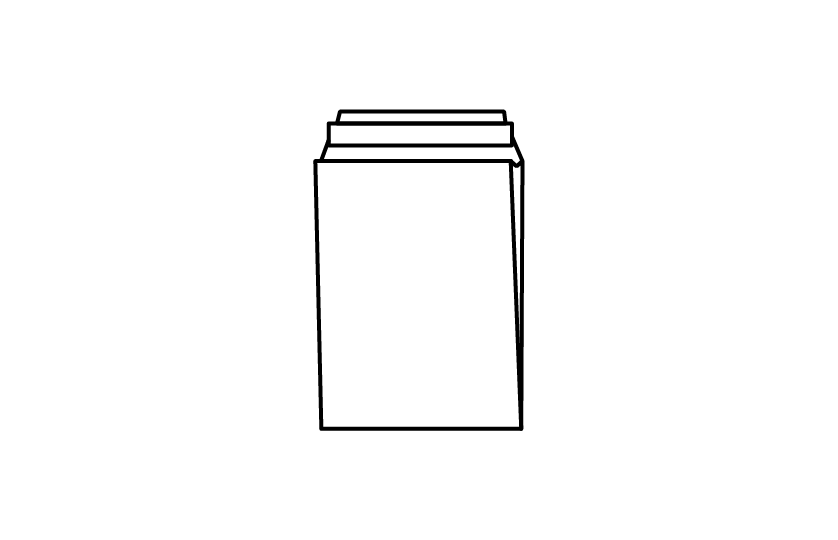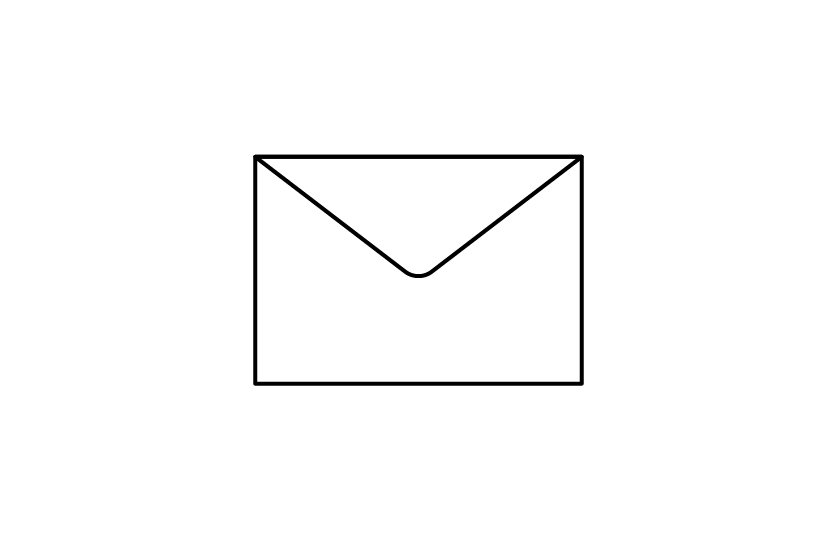An envelope with its flap on the long edge is always known as a wallet or a banker.
This style of envelope is very common and can be used in all applications.
Although widely available with a straight flap, the mailing wallet envelope often has a trapezium shaped flap which is suitable for use on automatic mailing machines, and a banker envelope’s flap has a triangular shape which is traditionally used in the greeting card industry and for personal letter writing. These may also be referred to as Greeting Card or Invitation Envelopes.




















 Black
Black Purple
Purple Blue
Blue Red
Red Green
Green Yellow
Yellow Grey
Grey White
White Pink
Pink Cream
Cream Brown
Brown Navy
Navy Violet
Violet Lime
Lime Orange
Orange